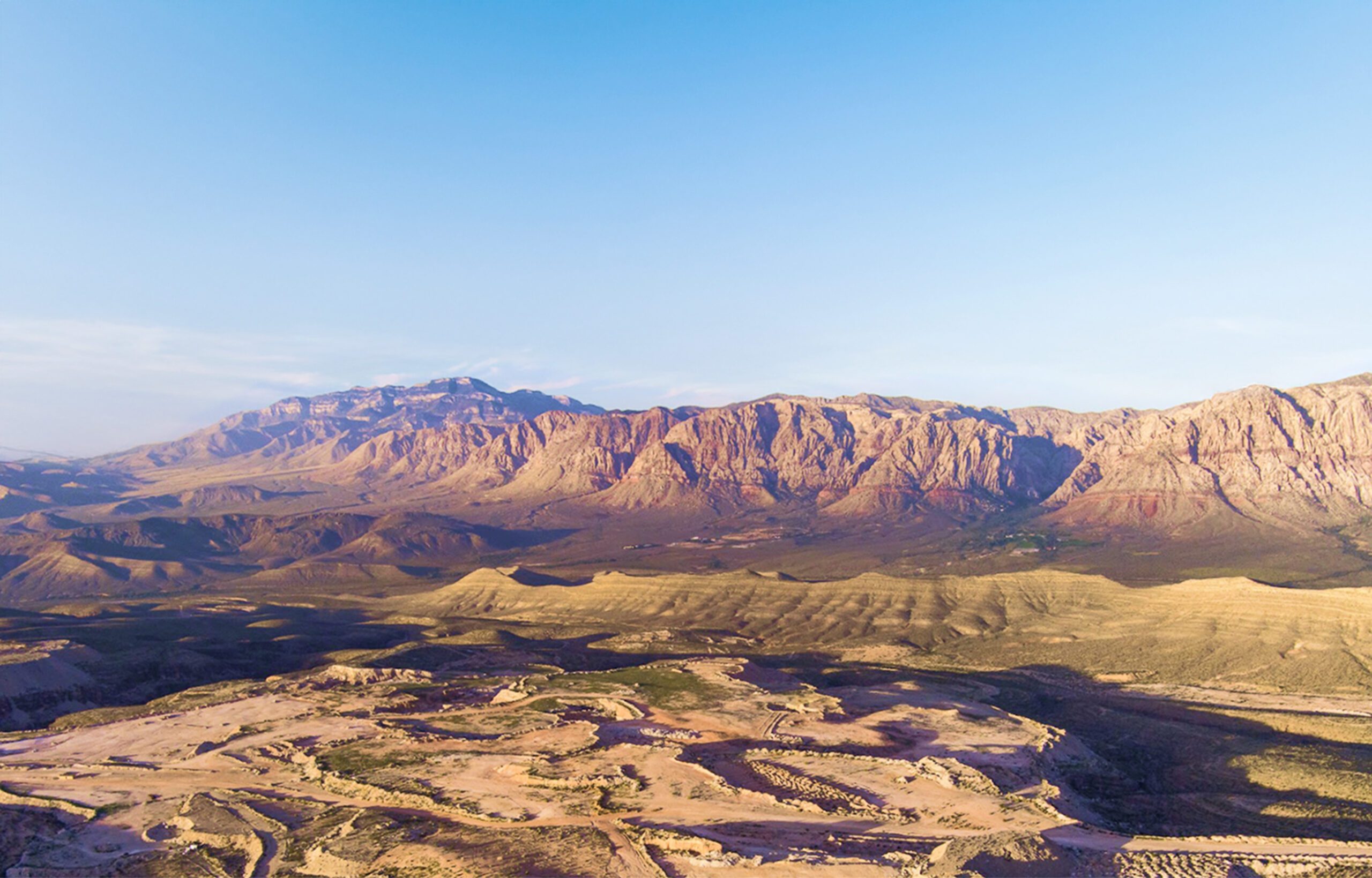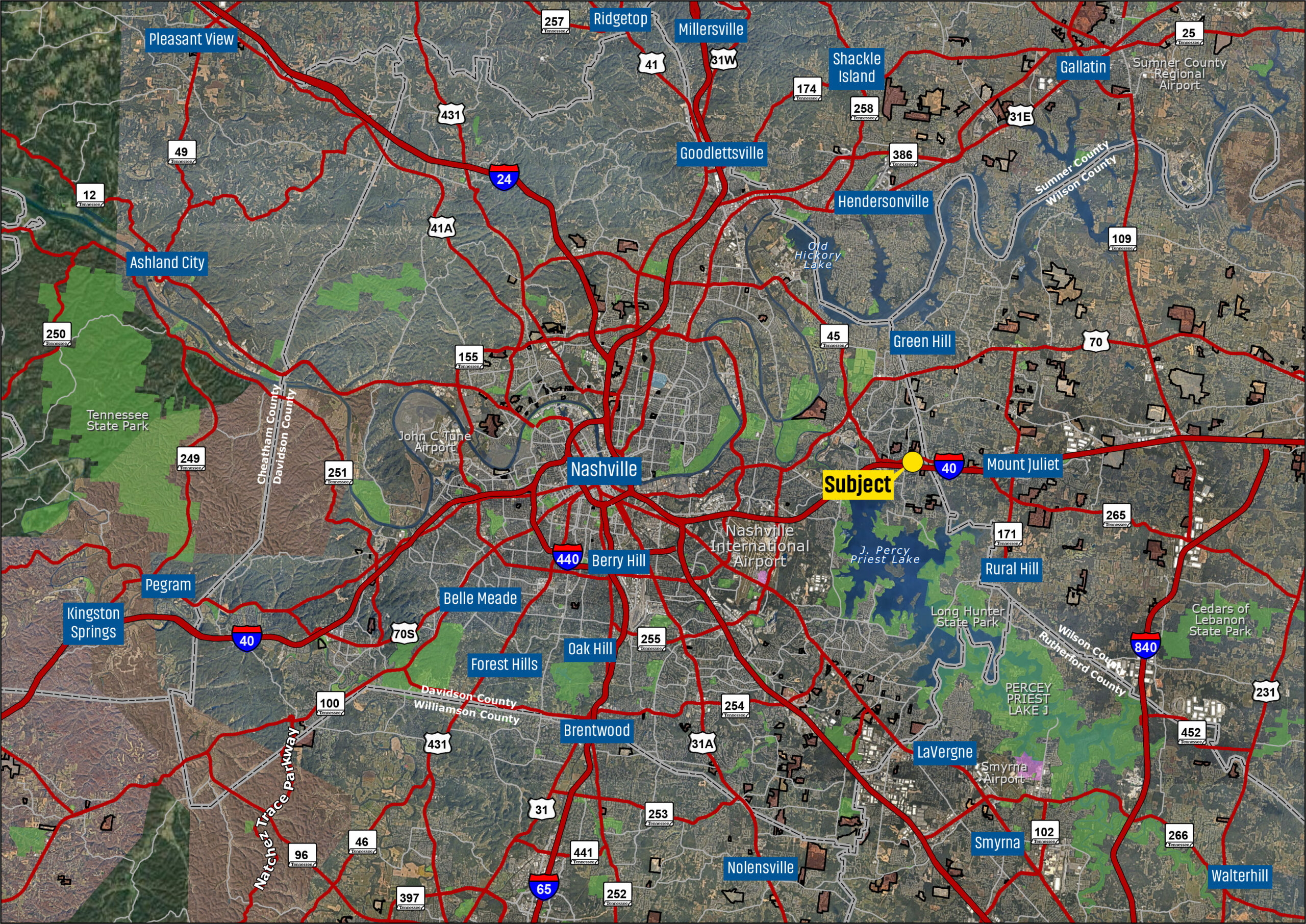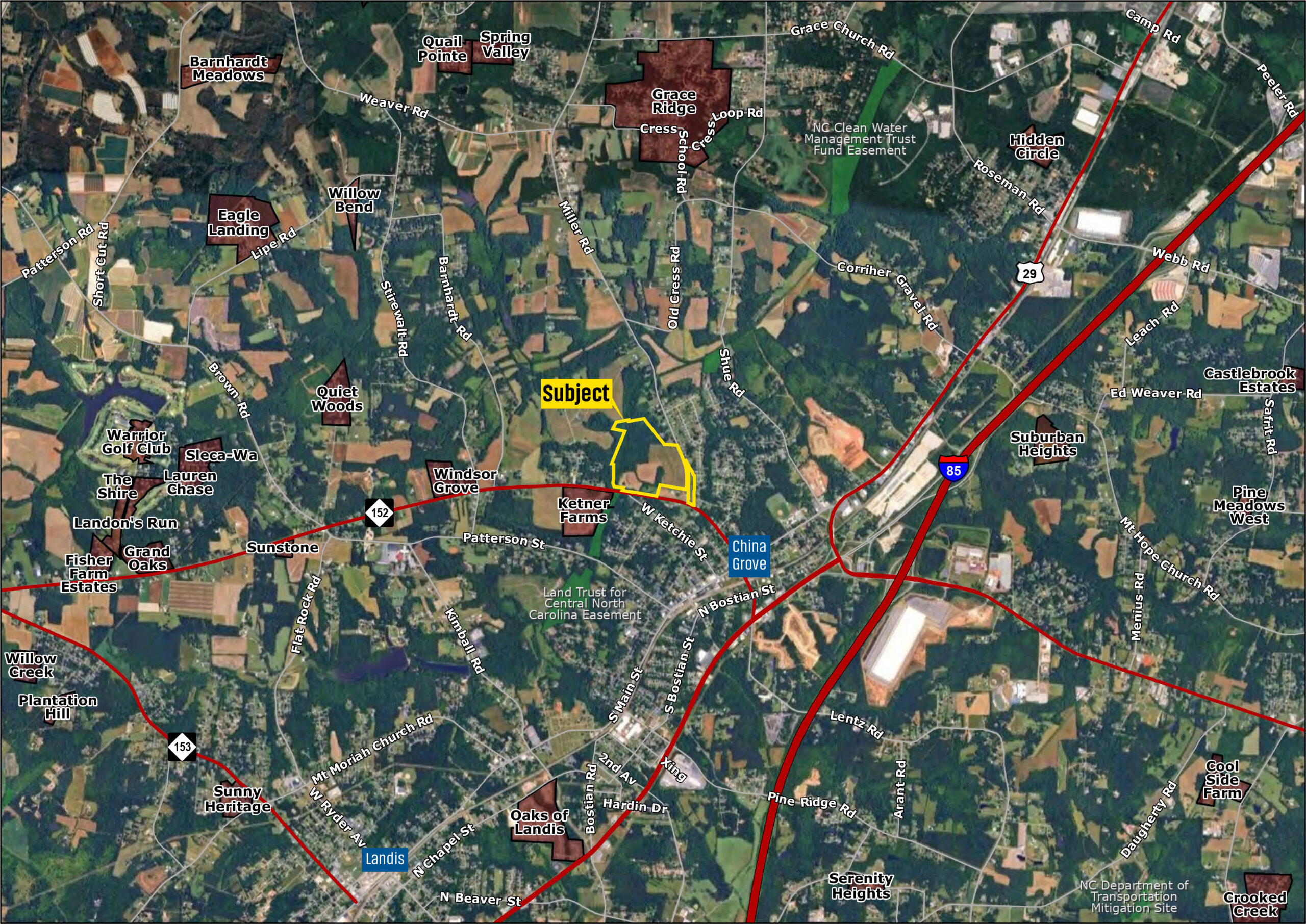Start the countdown. When will all of the finished lots be gone? Inside Tucson Business By Roger Yohem – Friday, September 28, 2012
In December 2009, D.R. Horton Homes bought 203 lots in Marana’s Continental Reserve. By mid-2010, Richmond American Homes and Maracay Homes picked up 160 lots off Interstate 10 around Arizona Pavilions.
As 2011 closed, Meritage Homes and Miramonte Homes had grabbed more than 210 lots in the hot area called the Tangerine Corridor. In northwest Marana, developers secured 800 acres of dirt.
This year, the acquisitions have accelerated. By the end of the year lot sales could triple the volume of 2011. Is now the time to re-stock?
It’s a developing situation with no certain answers. What is certain however, are concerns the supply-demand balance is nearing an imbalance.
“By 2014, we may not be able to deliver enough finished lots to meet consumer demand for housing,” said Will White, Tucson manager of Land Advisors Organization, 3561 E. Sunrise Drive. “There is a substantial amount of platted lots, but who is going to build those? The owners don’t want to shell out that kind of money.”
Signs of improvement
In the past 18 months, there have been clear signs of improvement in the region’s real estate market. Small price gains in used homes are holding. Builders have inched up prices for new homes.
Foreclosure notices are higher but expected to fall sharply in 2013. Generally, active listings are settling despite the overhang of shadow inventory. Lots cost more. And the large national builders have sophisticated new business plans based on lessons learned from the Great Recession.
“Developers and builders now are smarter than they get credit for. They don’t want to own raw land. Holding land ties up financial assets that aren’t producing any revenue,” said Jim Marian, a principal with Chapman Lindsey Commercial Real Estate.
A “just-in-time” strategy of inventory management, based loosely on what transformed the manufacturing industry decades ago, has entered the business. “Like manufacturing, home building is all about production,” Marian said.
When builders buy land, that’s “a real obvious good sign” they are going to build again, he added. That means builders who consolidated their Tucson operations to Phoenix will have to re-staff locally with new construction-related jobs.
Over the last two years, White estimates builders have bought $30 million to $40 million in dirt in and around the Tangerine Corridor in Marana. From Rancho Vistoso Boulevard west to Dove Mountain Boulevard, this area contains most of the prime “A” lots in good locations.
“Not one other area of Pima County can make that claim,” White said.
Meritage Homes has been the most aggressive buyer along the corridor, having picked up several hundred lots in the communities of SkyRanch, Tangerine Crossing, Dove Mountain, and Rancho Vistoso.
Typically, those lots were abandoned by other builders/investors and/or foreclosed during the recession.
“By 2014, we may not be able to deliver enough finished lots to meet consumer demand for housing,” said Will White, Tucson manager of Land Advisors Organization, 3561 E. Sunrise Drive. “There is a substantial amount of platted lots, but who is going to build those? The owners don’t want to shell out that kind of money.”
Higher land prices
Rising from the housing collapse, national builders are emerging as the major players. They are now cash rich with aggressive business plans. That has enabled them to control about 90 percent of recent land transactions, said White.
Before the crash, KB Home and Lennar “often traded places as the biggest builder in town. But now, DR Horton is setting themselves way apart,” White said. Horton has been an early and steady land buyer and “could be a 30 or 40 percent market share builder here.”
As Horton, Meritage, Richmond American and others put their plans into action, they paid a “decent premium” for land, added White. “Prices are up. Land is the foundation of their business plan.”
In August, 150 new home sales closed region wide, the highest since June 2010, said Ginger Kneup of Bright Future Real Estate Research.
“There are good signs this pace will continue in the final months of the year. The best indication is that the number of permits pulled in May through August exceeded the same 2011 period by 53 percent,” she said. “Builders are reporting good sales and advertising few specs, so the market is well-positioned to exceed 2011, likely by 200 to 250 units.”
Back to the core
Near the peak of the 2005-2006 housing frenzy, developers searched the outskirts of the metroplitan area for dirt.
Along the I-10 corridor, Pulte leap-frogged Marana to Red Rock. Speculators eyed tracts to the west along Ajo Highway almost to Three Points. Others saw Sahuarita growing south along I-19 to the Santa Cruz County line. Even Benson and Whetstone to the southeast made it onto the radar screen.
“The drive ‘til you qualify option was hot but now there is no incentive to go out that far. The economy killed that. All it took was falling home prices in Tucson to move development activity back into the core metro area,” White explained.
That swung the spotlight back to northwest Marana, an area abundant in “laser-leveled farm land.” In addition to the Tangerine Corridor, builders will return to communities with existing entitlements for over 6,500 lots along I-10 like Gladden Farms, Sanders Grove and Saguaro Bloom.
Gladden Farms has 1,900 finished, platted and zoned lots. Sanders Grove has 2,500 planned lots and Saguaro Bloom holds 2,200 partial, platted and zoned lots.
“Once the economy turns, this will be the fastest growing area,” White said. “Home prices are back to reasonable back in the core.”
As the Tangerine Corridor and the northwest area build out, builders will be drawn to other currently calm submarkets. Those areas are Sahuarita, the Houghton Road Corridor and Vail, said Pete Herder, CEO of the Herder Companies.
Shortage of lots
Since 2005, White estimates some 34,000 finished lots have been absorbed “during the worst economic times.” Currently, there are about 4,000 finished lots available to the market.
Based on new home permits projections of about 2,000 this year and 2,200 next year, “we’re at 4,200 and out of lots by the end of 2013. Permits could be 2,500 to 3,000 in 2014, a worst-case scenario caused by a horrific market crash that nobody prepared for is coming back.”
The shortage of finished lots could approach 15,000 by 2017-2018. That is “a daunting task because only paper lots will be left,” said White. “So the big issue becomes who builds them?”
Several thousand planned “paper lots” exist in the region. But due to ongoing economic and tax uncertainty, “many owners will not put out the money or time to develop their lots,” Herder emphasized. “From scratch, raw land can take 12 to 18 months to do finished lots. I see the builders taking on that role more.”
In two subdivisions, Herder has held about 120 finished lots for three years. His son John will develop some of those and the balance likely will be sold in bulk to builders.
Whether the shortage reaches a crisis is unclear. There are too many variables in play.
“It all comes down to consumer confidence and that will be determined by jobs and land location. Until jobs come back to Tucson, strong housing demand will not come back,” Herder said.
Although the shortage of lots is a serious issue, neither Herder nor Marian sees it escalating into a major crisis. As absorption shifts to paper lots, development will still driven by economics.
“It’s a risk-reward situation. If the risks are way off the chart, land owners are not going to put money into improving their lots. Most would rather have the builders do it. But if the opportunity, the reward is there to make a profit, they’ll do it themselves,” Marian said.
“Builders will go where the economics of a deal work, including infill,” he added. “There will be very tight pocket shortages of lots in certain areas, but not a severe shortage market-wide.”
Over the next five years, annual volumes of about 4,000 new home permits would be a welcome, healthy and manageable “sweet spot,” said White. To meet demand, “builders will have to build their own lots again.”
Looking ahead 10 to 15 years, a projected population growth of 500,000 people will pressure Arizona to release state trust land. The state owns about 1 million acres in the Tucson region.
“That will be the next big challenge,” said White. “The search for new land is a very tough task.”
Related resources
Explore news
Explore what’s possible with your land
Whether you’re buying, selling, or planning ahead—our team is here to help you navigate your next land decision with confidence.
Contact us
Land Advisors Organization Land Ad
Land Advisors Organization Land Ad
Land Advisors Organization Land Ad
Land Advisors Organization Land Ad
Land Advisors Organization Land Ad
Land Advisors Organization Land Ad




